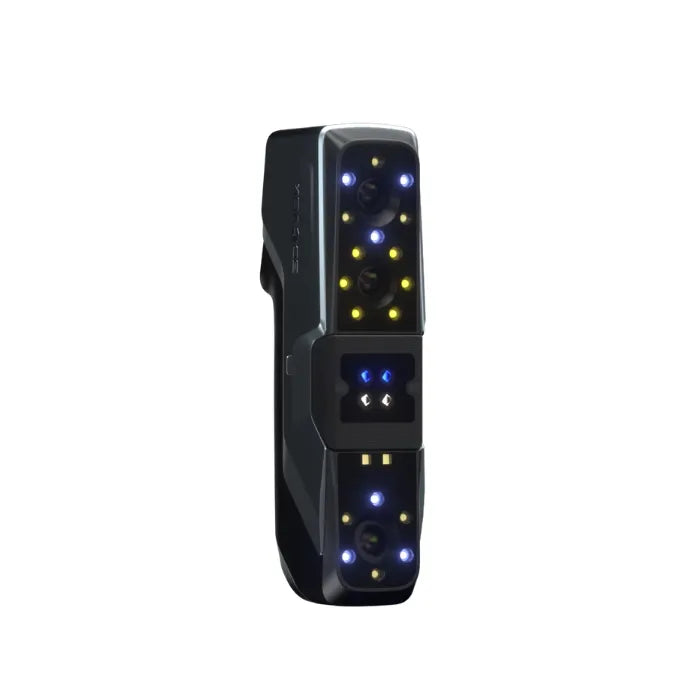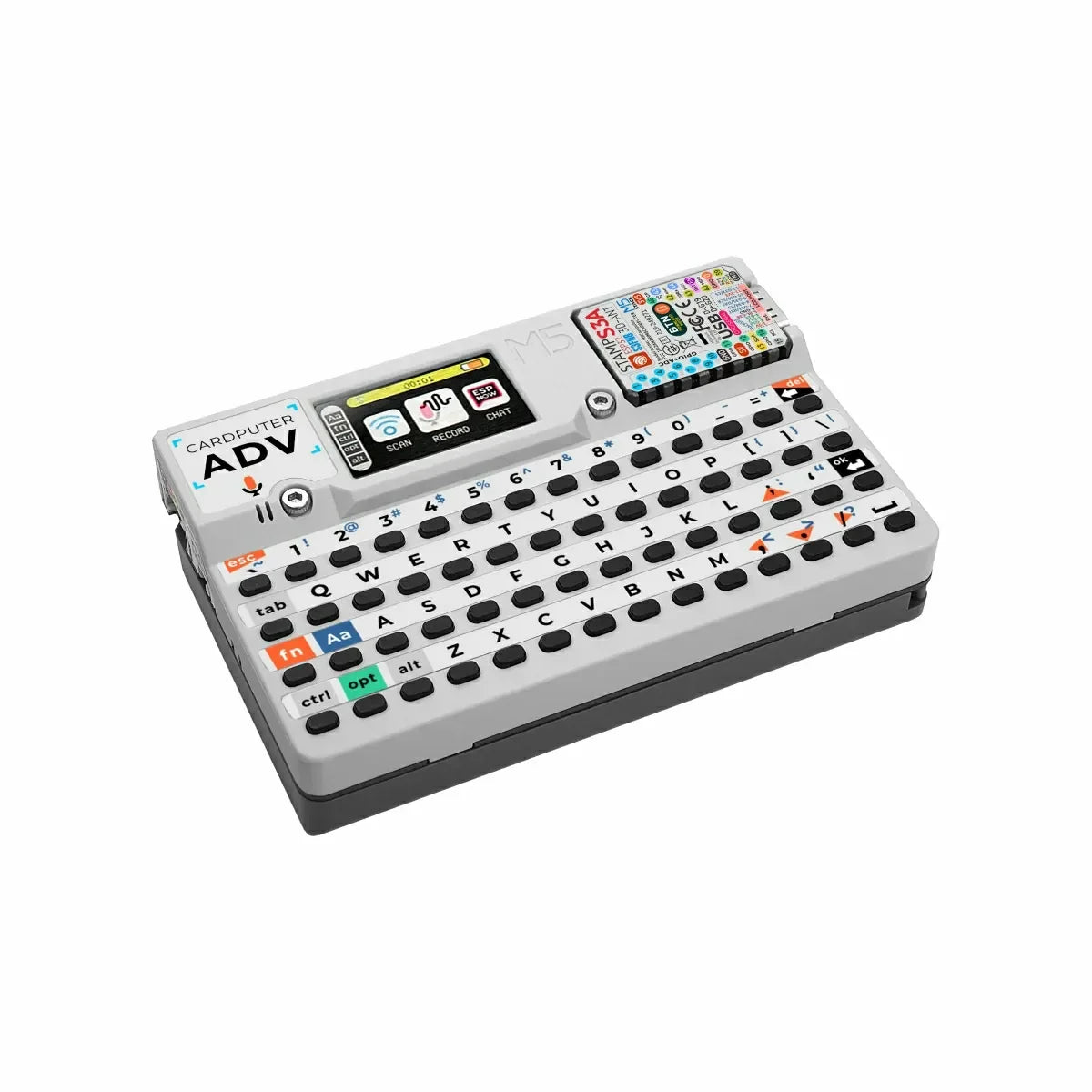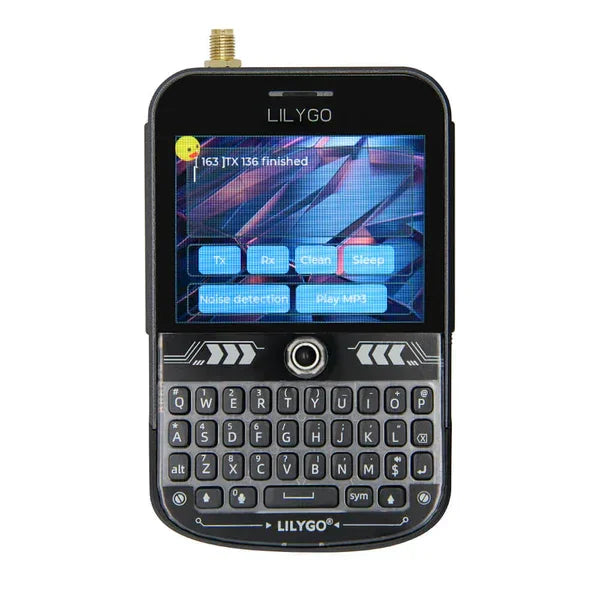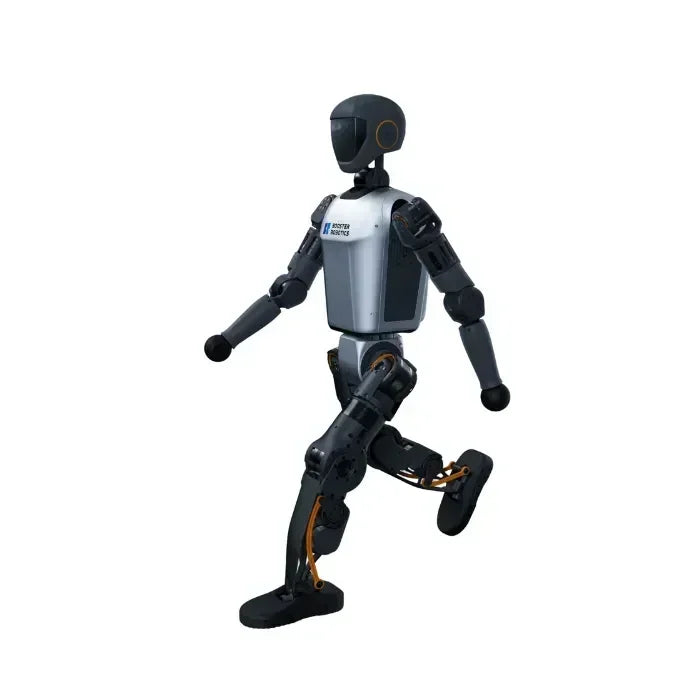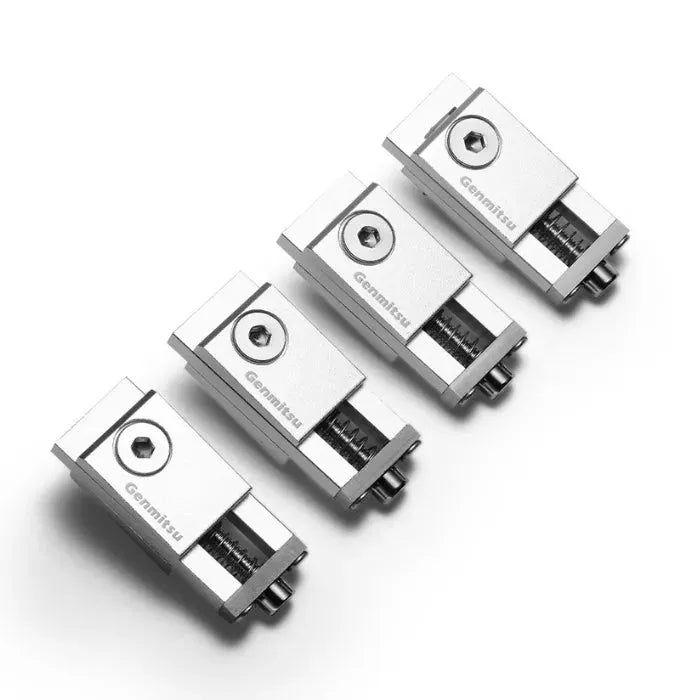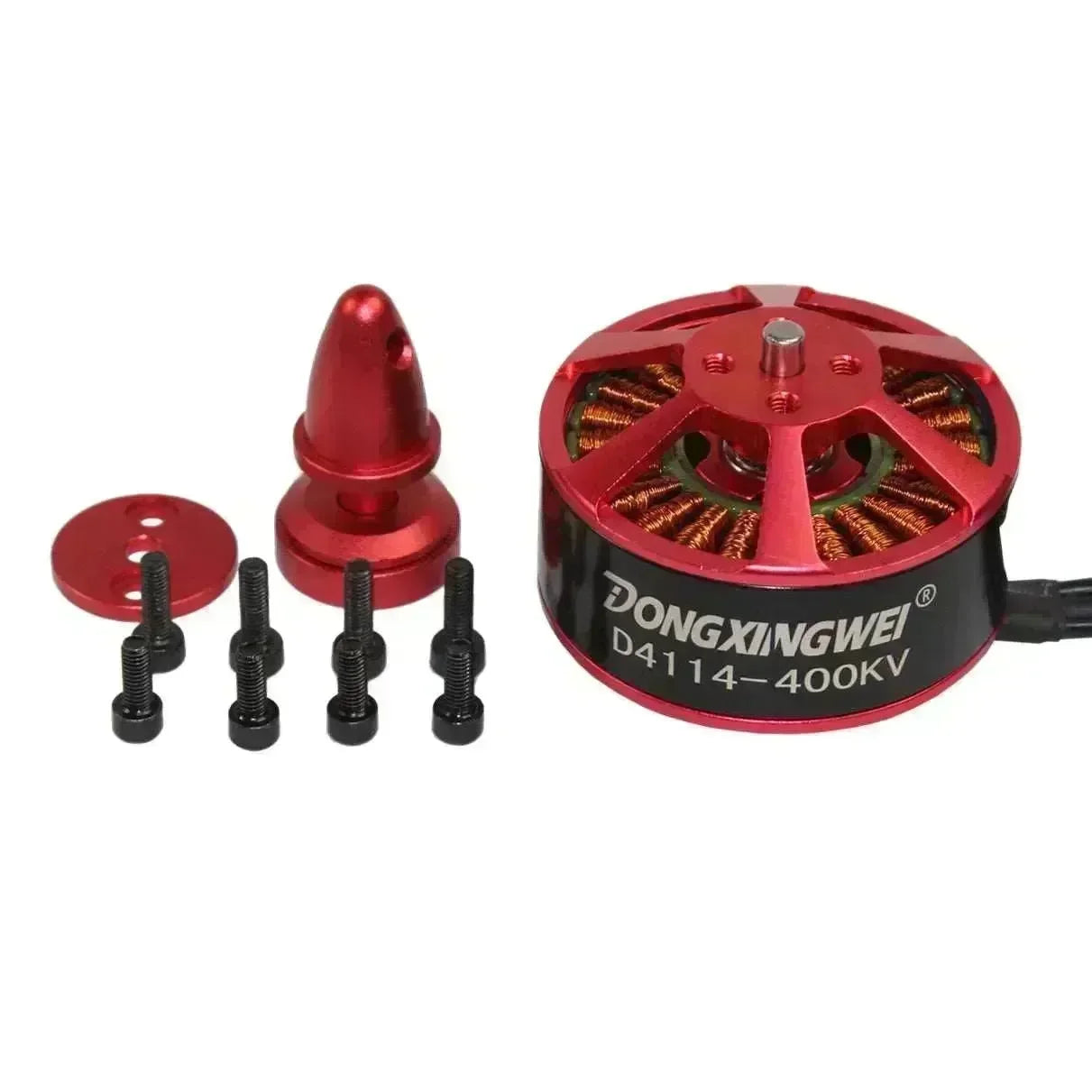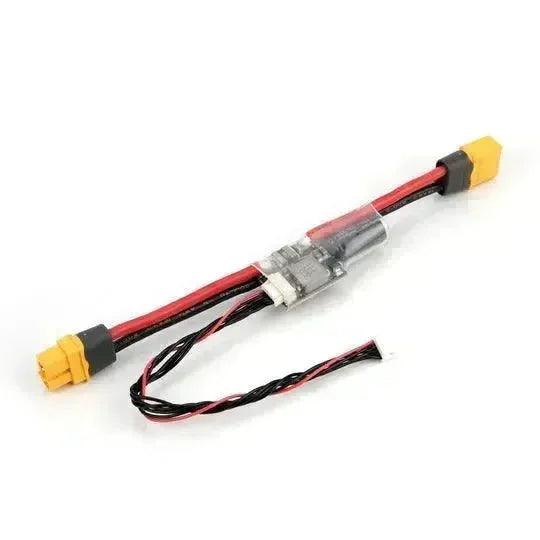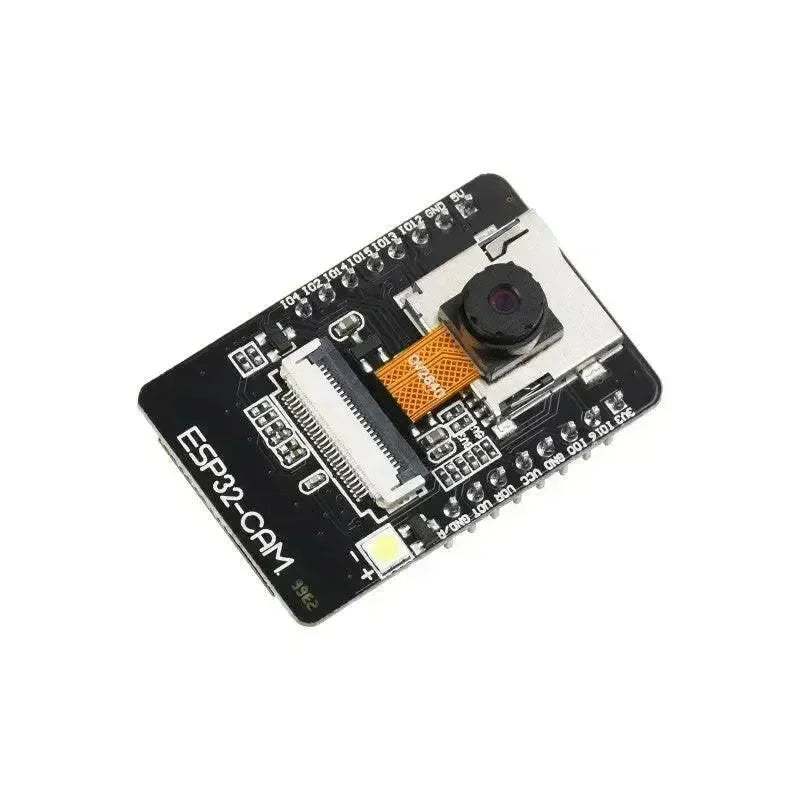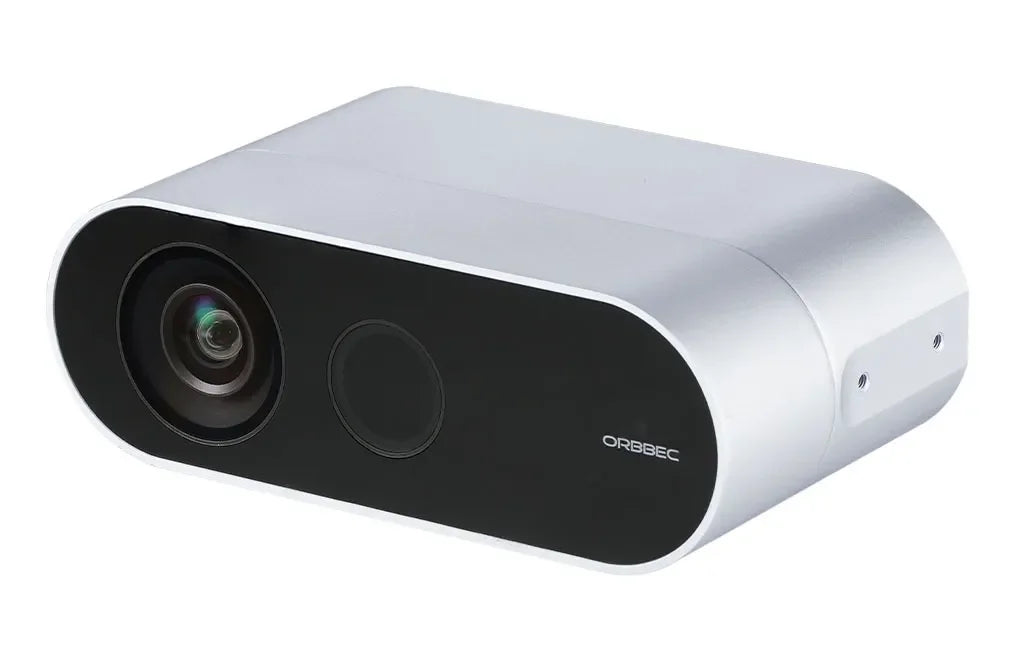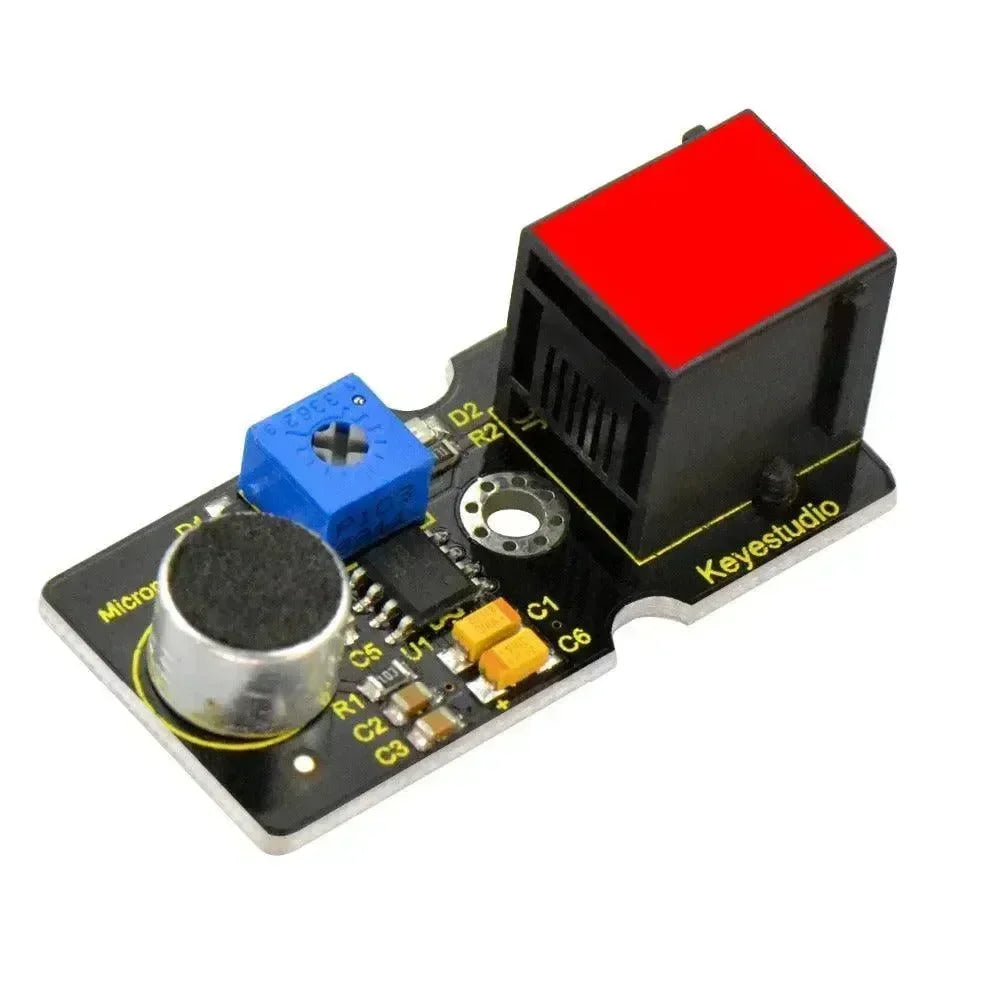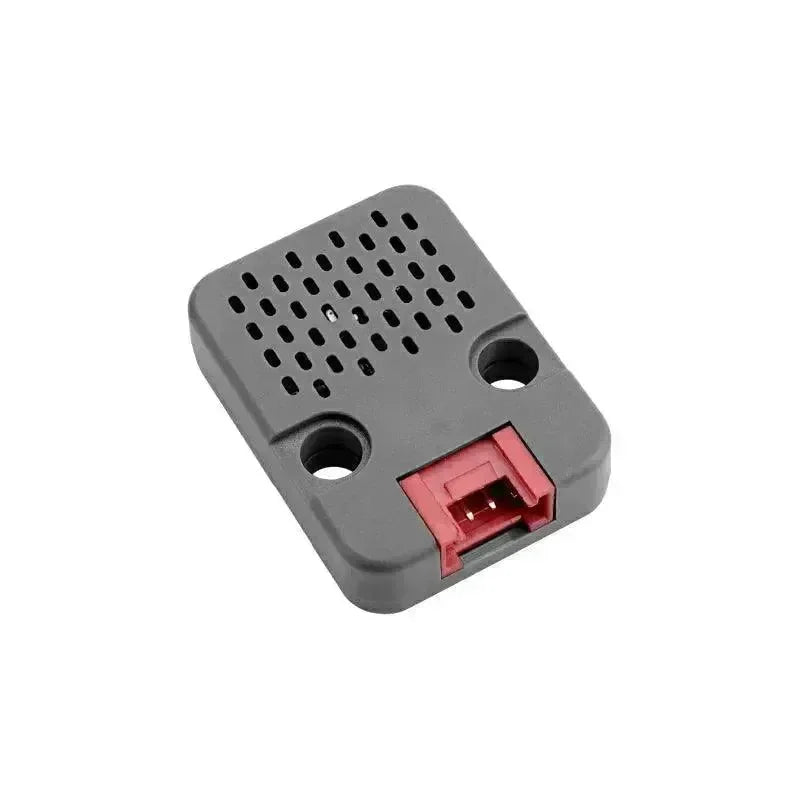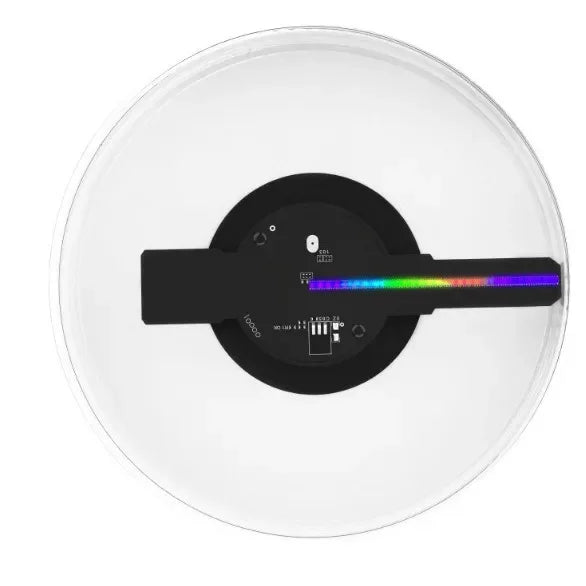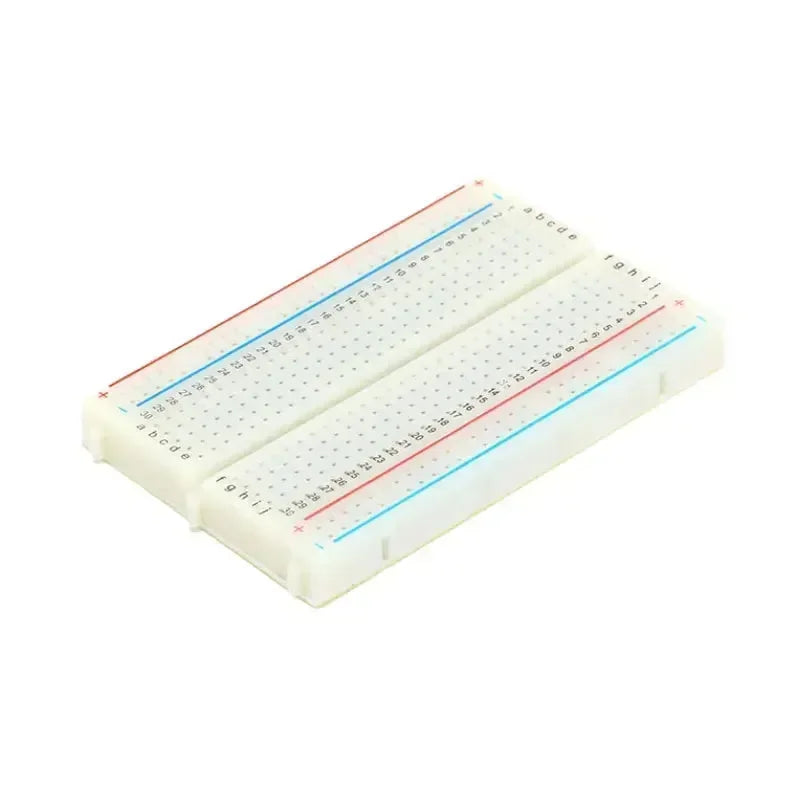Home Assistant Green is a device designed for smart home automation. It's built on the open-source Home Assistant platform, which enables users to connect various smart devices to a single control system. Home Assistant Green caters to both beginners and advanced users by offering an accessible and robust home automation solution. It is compatible with a wide range of smart devices such as lights, air conditioners, thermostats, sensors, and security systems, allowing users to manage and control everything from a single platform.
Product Features
Plug and play, easy setup
Home Assistant Green is a plug-and-play device with the Home Assistant operating system pre-installed. No complicated installation or configuration process is required. Simply connect it to power and network, and you'll be up and running in no time.
Compatible with a wide range of devices
This device facilitates the seamless integration of a wide variety of smart home devices, encompassing an extensive range of products such as lamps, security systems, smart speakers, and thermostats. It boasts comprehensive compatibility with nearly all leading brands and devices available in the market.
Control through powerful automation scenes
Home Assistant Green offers users the ability to create customized automation sequences through an intuitive interface. You can configure the lights to switch on as soon as you enter the house, or power down all devices when you're away.
Low power consumption design
The hardware design is optimized for energy efficiency and environmental sustainability, allowing for extended periods of continuous operation and suitability for everyday home use.
Constantly updated features and support
The text is about the Home Assistant open-source platform, which provides regular feature updates and community support to keep the system up-to-date.

Home Assistant Green's Applications
HomeAssistant Green serves as an advanced smart home control center and also functions as a primary device enabling the creation of home automation systems. It offers the following common application scenarios:
Intelligent Security
Home Assistant Green offers seamless integration with a variety of devices, such as door and window sensors, cameras, smoke alarms, and alarm systems. This enables users to easily monitor the security status of their homes. In case of an alarm trigger, Home Assistant Green promptly notifies the user via their phone and automatically initiates the relevant emergency plan, such as activating camera recording or the security system.
Energy management and energy conservation
Home Assistant Green provides a solution for automatically controlling your electrical devices based on the conditions in your home. You can set smart light bulbs to turn off automatically in unoccupied rooms or adjust your thermostat based on weather conditions, ensuring that your home stays comfortable while consuming less energy.
Personalized Life Scenarios
You can customize various life scenarios, such as your morning routine. The system will play soothing music, adjust the brightness of the lights, and turn on the coffee machine in the kitchen. When you leave home, it will automatically turn off all appliances and activate the security system. This makes your life more convenient and intelligent.
Remote Management and Monitoring
With the mobile app, users can remotely access and control their devices, check their status, and perform essential operations. Users can view the camera feed, adjust the air conditioner temperature, and more, all from their phone.

Who is Home Assistant Green for?
Smart Home Beginners
Home Assistant Green is an ideal option for individuals lacking a technical background but seeking to establish a smart home effortlessly. Its straightforward setup process allows users to commence control of smart devices within their household, with the opportunity to gradually delve into additional functionalities.
Technology enthusiasts and advanced users
If you're looking to delve deep into exploring and customizing your smart home, Home Assistant Green is the ideal solution for you. It provides robust automation rules, scripting capabilities, and a wide range of device integration options. Being open source, it also allows you to develop your own plugins or integrate custom devices to expand the system's functionality.

Configuring Home Assistant Green is a simple and intuitive process, and the following steps are detailed:
Device Connection
Connect Home Assistant Green to a power source using the provided adapter and link it to your local network with a network cable or Wi-Fi.
Accessing the Settings screen
Turn on your computer or phone and access the IP address of the device through your browser. This is usually the address automatically assigned by your router. Alternatively, you can find the device by scanning it with the Home Assistant app.
Initial Setup Wizard
Upon initial login, the system will provide guidance for essential setup procedures, which include language selection, account creation, and the configuration of location and time zone settings. This initial setup is not only straightforward but also pivotal for subsequent device addition and automation scenarios.
Adding Smart Devices
To set up your smart devices in Home Assistant, go to the main system interface and select 'Integration'. From there, you can add devices like light bulbs, cameras, and air conditioners by entering their API key or using the auto-discovery feature.
Creating automated scenarios
Utilize the system's automation feature to create personalized scenarios by connecting the device. Configure the door and window sensors to activate the living room lights and adjust the room temperature automatically upon detecting someone's entry.
Remote Access and Control
The Home Assistant mobile application empowers users to remotely manage home devices at their convenience from any location. To take advantage of this feature, it is imperative to activate remote access, allowing seamless control of home devices even when away.

Home Assistant can be installed on various devices, but the Raspberry Pi is the most recommended choice. The minimum configuration needed to run Home Assistant is a Raspberry Pi 3B+. This device is more than capable of handling basic home automation tasks. However, the specific performance requirements may vary depending on the number and complexity of the devices you connect.
Minimum Recommended Configuration
The Raspberry Pi 3B+ with a 32GB microSD card is recommended for a small home automation system because it supports all the basic features of Home Assistant and is capable of handling the task effectively.
Recommended Configurations
The Raspberry Pi 4B would be suitable for individuals seeking enhanced processing speeds and improved memory management to handle more intricate automation setups, particularly those involving numerous devices and sensors. Opting for the 4GB or 8GB RAM variant makes the Raspberry Pi 4B an obvious selection.

The selection of a database plays a crucial role in determining Home Assistant's performance. While the default SQLite database suits smaller systems with fewer devices, larger systems with increased automation requirements necessitate a more efficient database for effective data management and reading speeds.
SQLite
SQLite is the default database for Home Assistant in lightweight systems with a small number of devices. If the system only needs to handle a small amount of historical data or logs, SQLite is considered the best choice.
MariaDB
MariaDB is the optimal choice for scaling systems with a growing number of devices or when there is a need to store substantial historical data. This MySQL-based database outperforms in both data retrieval and storage efficiency, making it adept at managing large-scale data and complex queries. By leveraging MariaDB, Home Assistant ensures continued responsiveness, even in the face of significant data processing demands.


